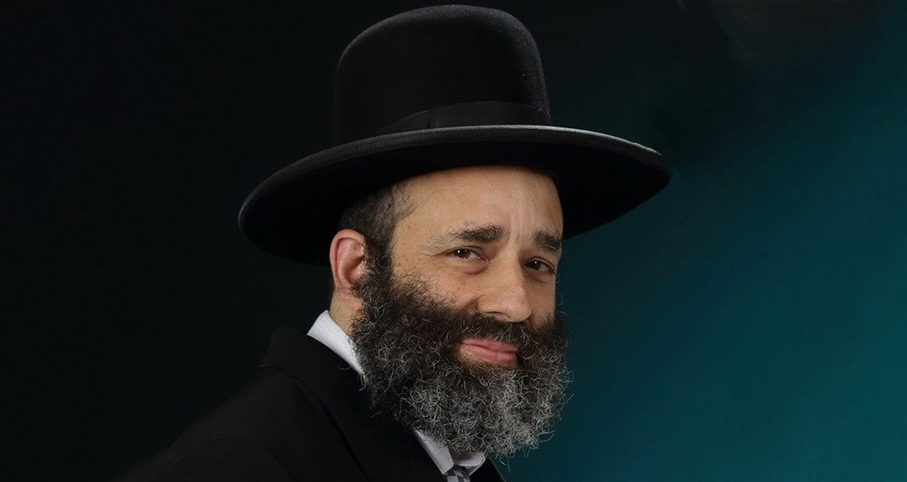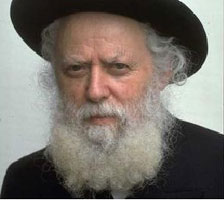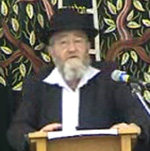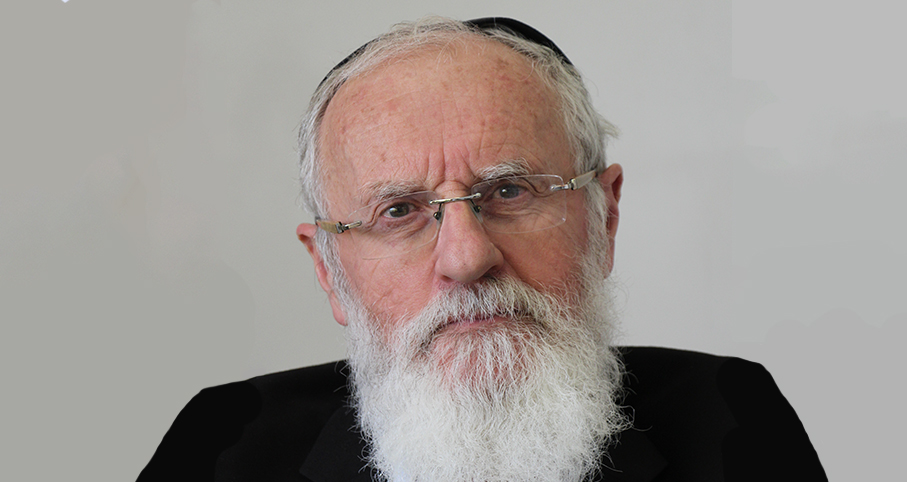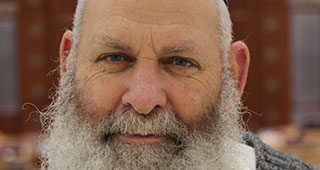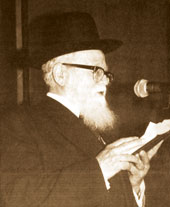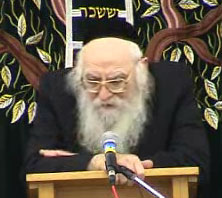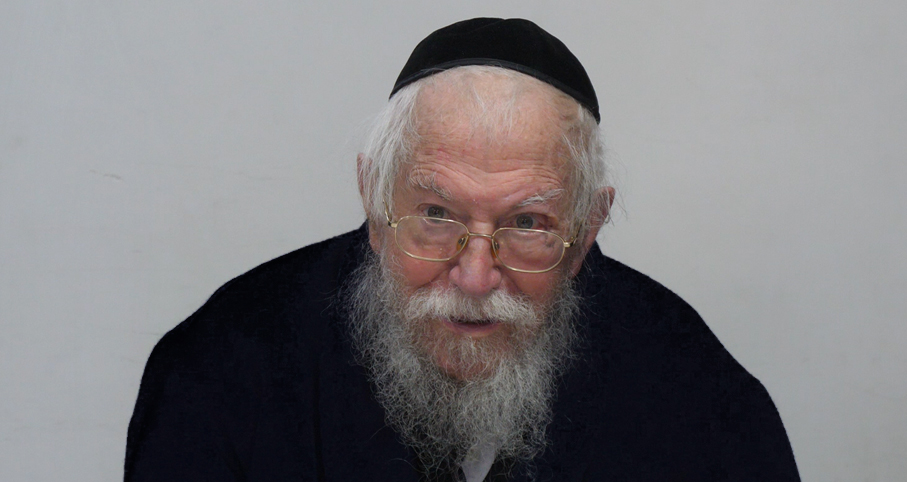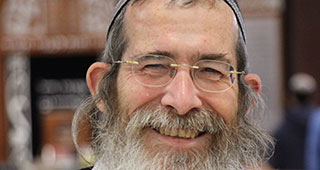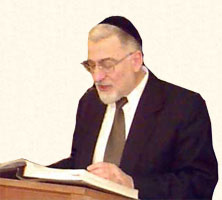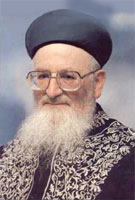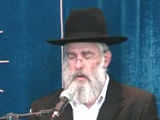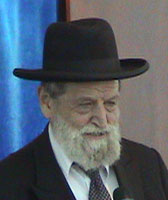Beit Midrash
- Sections
- Chemdat Yamim
- Bemare Habazak - Rabbis Questions
Answer: We start with sources (including a thorough teshuva by the Machazeh Eliyahu 5-6), from which we gleaned many of our sources. However, we must also think in terms of common practice and feasibility.
The halachic issues are exposing holy articles to private parts and to excrement. Regarding the former, the pasuk (Devarim 23:15) requires separation between uncovered private parts and holy things (see Shabbat 150a). The gemara (Shabbat 120b) says that one upon whose flesh Hashem’s Name is written may not bathe because it is forbidden to stand naked in front of the Name of Hashem. The Magen Avraham (45:2) extends this prohibition to wearing tefillin or bringing Torah texts into a place where people are undressed. The Shemirat Shabbat K’hilchata (24:30) says based on this that one may not erect a partition before holy sefarim on Shabbat to allow removing a baby’s diaper because it is a halachically necessary wall.
However, there are strong grounds to distinguish between an adult and a baby. While the Shulchan Aruch (OC 75:4) forbids reciting Kri’at Shema before the private parts of a young child, the Rama (ad loc.) permits it until the age of 3 for a girl and 9 for a boy. Even those who forbid it, do so as a chumra l’chatichila (Mishna Berura 75:5) because of its impact on one’s thoughts (not as an objective erva), and this should not be a problem for holy articles (see Radbaz V,1028; Machazeh Eliyahu ibid.). While the Rama (OC 275:12) cites a minhag not to leave a naked child before Shabbat candles because of disgrace to the mitzva, it is illogical to apply the minhag to changing a diaper. (When Shabbat candles alone provided light, were parents expected to change diapers in the dark?!!).
The other issue is the excrement in the diaper. (Only at the age of several months is a baby’s stool problematically unseemly – Shulchan Aruch, OC 81:1.) One is forbidden to bring holy things such as tefillin into a bathroom (Shulchan Aruch, OC 43:1). However, the problem is likely not the excrement itself, but the status of the place and/or the possibility he will relieve himself while there. Indeed, the Magen Avraham (43:11) permits (when necessary) going into alleyways with excrement with tefillin on. It is also more lenient when the exposure of the holy article to the unseemly matter is passing (Be’ur Halacha to 43:5; Shut Ramah Mipanu 59). The Machazeh Eliyahu (ibid.) proves that the exposure is not forbidden from the fact it is permitted to urinate with tefillin on if it is not in a set bathroom (Shulchan Aruch ibid.), even though sources indicate that is at least as bad as exposure to excrement.

Bemare Habazak - Rabbis Questions (627)
Rabbi Daniel Mann
595 - Ask the Rabbi: Wrong Beracha on Tefillin Shel Yad
596 - Ask the Rabbi: Changing Diapers in the Proximity of Sefarim
597 - Ask the Rabbi: Switching Mantels Back on Shabbat
Load More
What will one following stringent opinions do about mezuzot? Shemirat Shabbat K’hilchata (ibid.) presents a not-simple leniency – the wrapping of the mezuza, which many anyway do, counts as a separation. We believe that the stringency is unnecessary in the first place, as above. Furthermore, the way our houses now have sefarim, Torah-based wall hangings, etc. all over the place makes it impractical to be machmir regarding changing diapers, and it also makes the encounter not offensive. It is not surprising that the broad practice is to not require precautions when changing diapers in regular areas. We hope our homes are blessed with several children and many sefarim and that changing diapers does not cause undue difficulty.

Ask the Rabbi: Having a Non-Jew Build a Sukka and Assemble Arba’a Minim
Rabbi Daniel Mann | Tishrei 5786

Ask the Rabbi: Rebuking Those Talking during Davening
Rabbi Daniel Mann | Elul 5785

Ask the Rabbi: What May One Do before Havdala after Yom Kippur?
Rabbi Daniel Mann | Tishrei 5786

Ask the Rabbi: Selecting Things to Use Later on Shabbat
Rabbi Daniel Mann | Iyar 5785

Rabbi Daniel Mann

Reciting Borei Nefashot on Food When One Will Still Drink
Sivan 3 5780

Tisha B’Av Pushed Off Until Sunday
Av 6 5776

Tazria Metzora Question
5772

